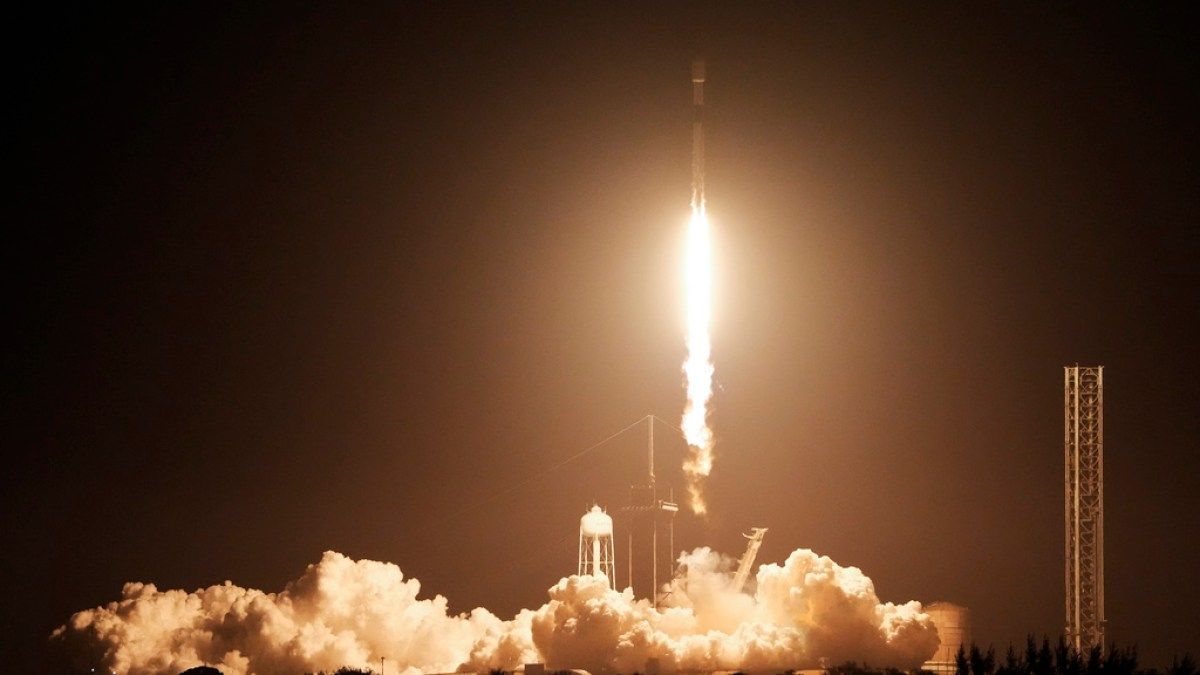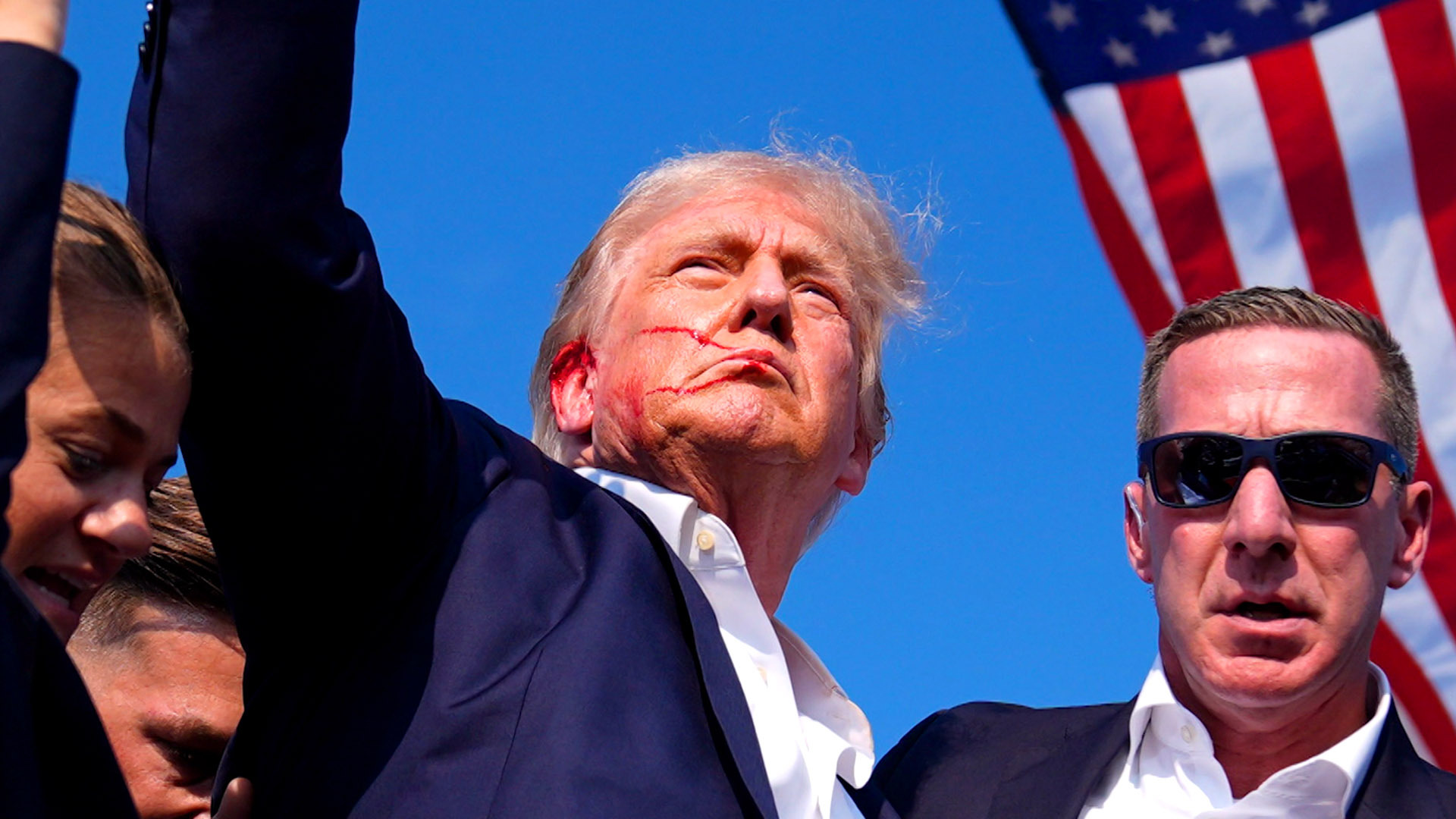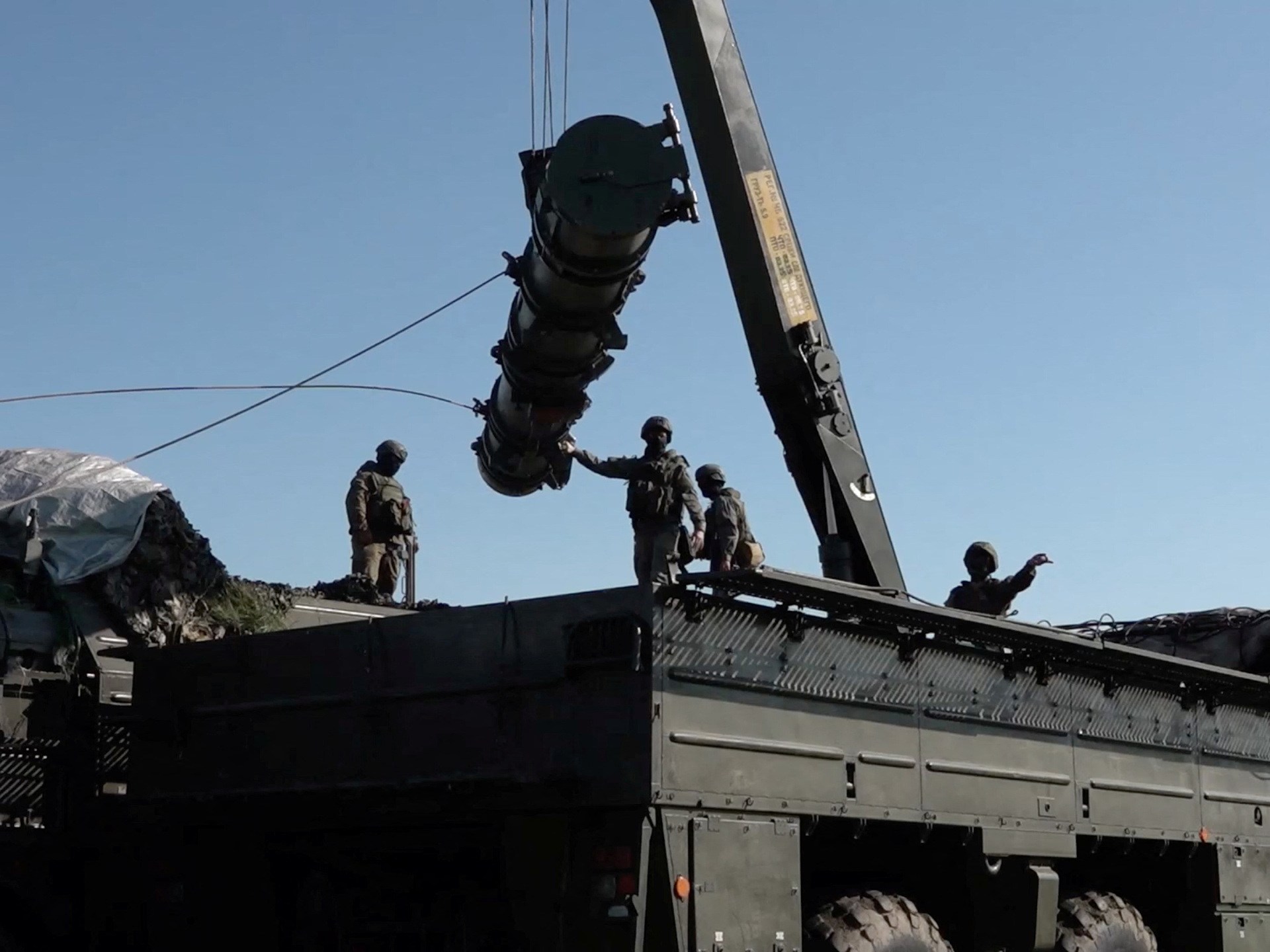NASA, the main sponsor with onboard experiments, hopes to boost the lunar economy ahead of astronaut missions.
A lunar lander took off toward the Moon in an attempt to make the first U.S. landing since the Apollo missions more than half a century ago and the first accomplished by a privately owned spacecraft.
A Falcon 9 rocket piloted by Elon Musk's SpaceX lifted off after 1 a.m. (0600 GMT) on Thursday from NASA's Kennedy Space Center in Cape Canaveral. Florida, launching a lunar lander made by Intuitive Machines toward its destination 370,000 kilometers (230,000 miles) away.
If all goes well, a landing attempt is expected on February 22 after a day in lunar orbit.
Intuitive Machines, a Houston-based aerospace company, launched the “IM-1” mission a month after a rival lunar lander made by Astrobotic Technology crashed to Earth and burned over the Pacific 10 days after liftoff. .
“There have been many sleepless nights preparing for this,” said Steve Altemus, co-founder and CEO of Intuitive Machines.
The lander looked like a six-pointed star jewel (each point was a leg) as it successfully separated from the upper stage and was lost in the black void.
Intuitive Machines named its lander after Homer's hero in The Odyssey.
“Good luck, Odysseus. Now let's make history,” said Trent Martin, vice president of space systems at Intuitive Machines.
NASA science is on board @Int_MachinesThe Nova-C lander, scheduled to launch to the Moon in a @SpaceX Falcon 9 rocket. Landing near Malapert A crater will help us learn more about the lunar South Pole, a big step in our #Sagebrush Campaign.
— NASA (@NASA) February 15, 2024
NASA goals
Only five countries (the United States, Russia, China, India and Japan) have achieved a moon landing and no private company has done so yet.
The United States is the only country that has sent astronauts to the moon; Gene Cernan and Harrison Schmitt of Apollo 17 closed the program in December 1972. That was it for American moon landings until Astrobotic's brief attempt last month.
NASA, the main sponsor with onboard experiments, hopes to boost the lunar economy ahead of astronaut missions.
It hopes to operate near the moon's south pole, where Intuitive Machines aims to land its six-legged, 14-foot (4.3 m) tall lander, a region full of craters and treacherous cliffs but potentially rich in water. frozen.
This area is where NASA plans to take astronauts later this decade. The space agency said its six navigation and technology experiments on the lander can help pave the way.
NASA is paying Intuitive Machines $118 million to take its latest set of experiments to the Moon.
The company also landed its own customers, including sculptor Jeff Koons, who is shipping 125-inch (317.5 cm) moon figures in a clear cube.
The lander carries Embry-Riddle Aeronautical University's EagleCam, which will take photographs of the lander as they both descend.
The spacecraft will stop operating after a week on the surface.












